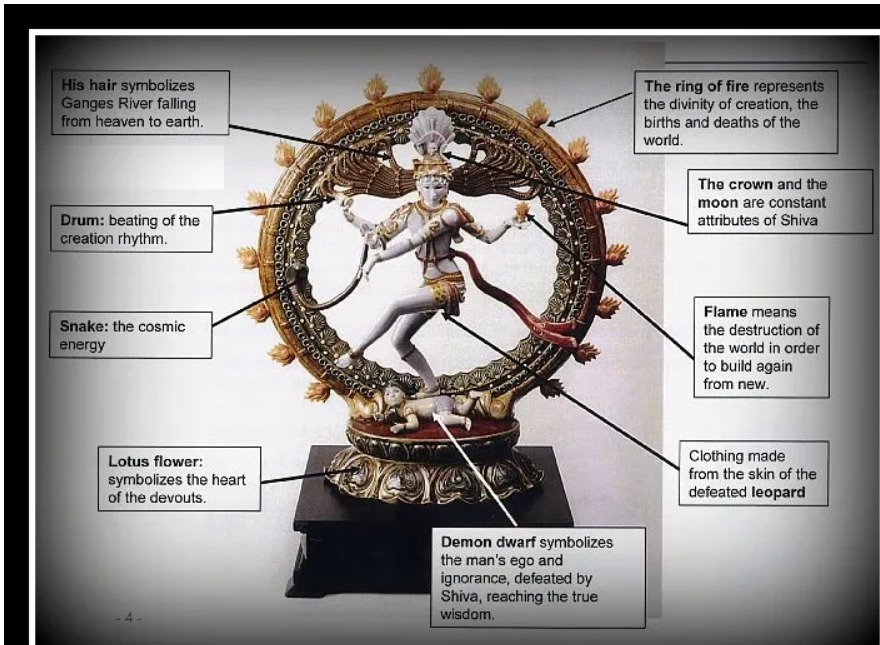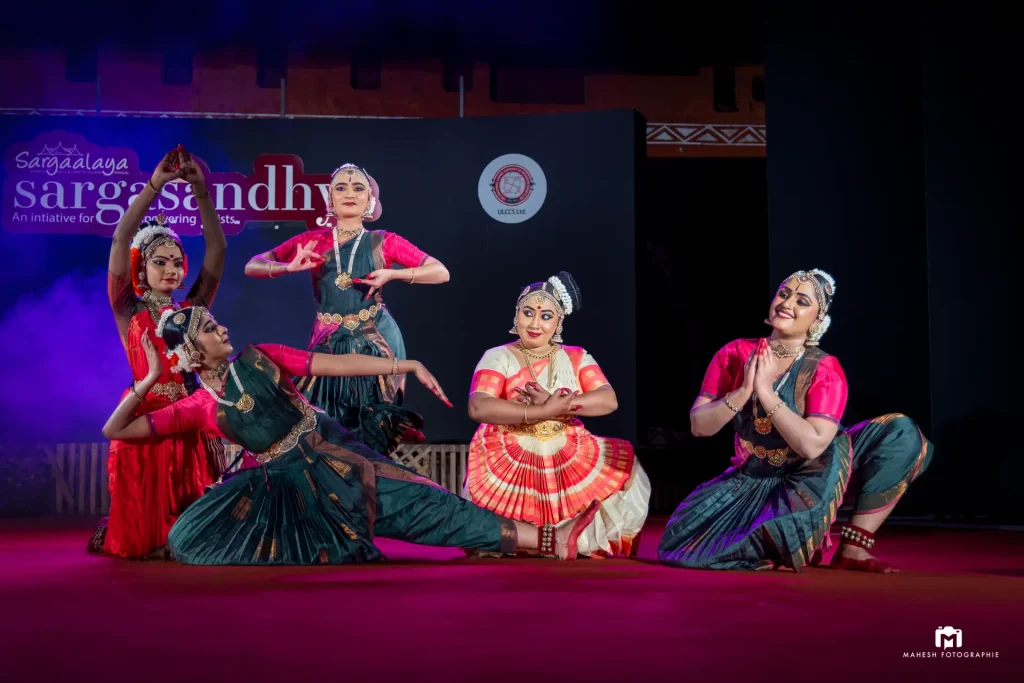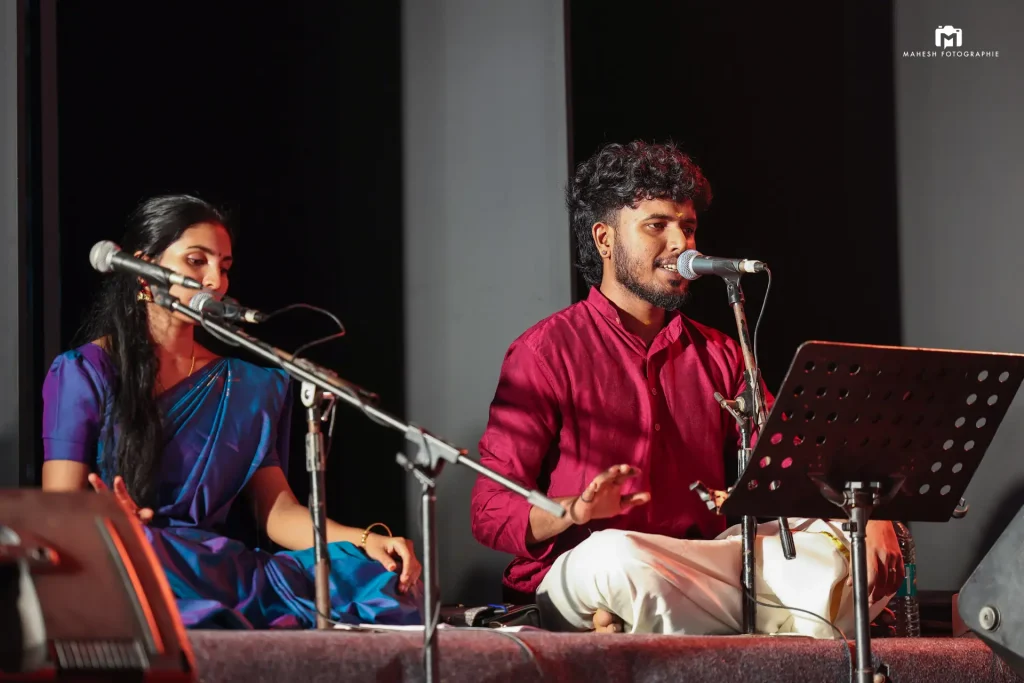
How Bharatanatyam Evolved from Temple Rituals to the Global Stage
Home » How Bharatanatyam Evolved from Temple Rituals to the Global Stage

How Bharatanatyam Evolved from Temple Rituals to the Global Stage
Bharatanatyam is one of the oldest classical dance forms of India, deeply rooted in spirituality and tradition.
Originating in Tamil Nadu, this dance form served as a sacred offering, bridging the human and divine through intricate movements and powerful storytelling. It is more than a performance; Bharatanatyam is a meditation in motion, connecting performers to the profound truths embedded in Indian culture.
For centuries, Bharatanatyam thrived in temple courtyards, where Devadasis performed to honor deities. As time evolved, this sacred art transcended its origins, transforming into a celebrated global phenomenon.
From its roots as a temple ritual to its place on prestigious international stages, Bharatanatyam remains a timeless symbol of India’s cultural richness and artistic depth. Let’s explore the real story of Bharatanatyam.
Origins and Religious Significance of Bharatanatyam

Bharatanatyam traces its origins to Tamil Nadu and the Natya Shastra, the ancient treatise on performing arts attributed to Sage Bharata. This text, often considered the foundation of Indian classical dance, lays out the principles of expression, rhythm, and dramatic storytelling that define Bharatanatyam.
In its earliest form, Bharatanatyam was a sacred ritual, performed by Devadasis in temples as an act of devotion. These skilled temple dancers used intricate footwork, hand gestures (mudras), and facial expressions (abhinaya) to narrate stories from Hindu mythology. Each performance was a spiritual offering, with movements designed to reflect cosmic rhythms and divine order.
The dance often depicted tales of deities like Lord Shiva, known as Nataraja—the cosmic dancer who performs the Ananda Tandava, symbolizing creation and destruction. Narratives also celebrated Krishna’s playful leelas and Rama’s virtues, making Bharatanatyam a powerful medium of storytelling that conveyed moral and spiritual lessons.
Suppression During the Colonial Era
Bharatanatyam faced a dramatic decline during the British colonial period in India.
In the 19th century, colonial policies aimed to dismantle many traditional practices, branding them as backward or immoral.
Bharatanatyam, performed predominantly by Devadasis in temples, became deeply stigmatized due to its association with the Devadasi system, which colonial authorities and social reformers criticized for its exploitative aspects.
The British administration viewed temple dancing as inappropriate, reducing the status of this sacred art to mere entertainment. This led to widespread social and cultural rejection of Bharatanatyam, and many Devadasis were forced to abandon their roles as custodians of this tradition.
By the early 20th century, Bharatanatyam teetered on the edge of extinction, with its spiritual essence overshadowed by social prejudices.
Revival in the 20th Century

The early 20th century marked a turning point for Bharatanatyam, as a wave of cultural revival swept across India.
Pioneers like Rukmini Devi Arundale emerged as champions of this art form, redefining its purpose and elevating its status. In the 1930s, Rukmini Devi reimagined Bharatanatyam as a respected cultural performance, removing the stigma attached to its Devadasi roots.
Rukmini Devi introduced structured techniques and emphasized its artistic and aesthetic dimensions while preserving its spiritual core. Her efforts included adapting traditional temple themes for proscenium stages, designing new costumes, and making Bharatanatyam accessible to wider audiences. These innovations laid the groundwork for Bharatanatyam’s inclusion in academic institutions and performing arts curricula across India.
This revival transformed Bharatanatyam into a celebrated art form that transcended religious boundaries.
By the mid-20th century, Bharatanatyam had become a symbol of India’s rich heritage, finding its way to international stages and cultural festivals, embodying both tradition and modernity.
Global Reach and Contemporary Practices
Bharatanatyam has transcended borders and is now a vital cultural export of India.
The Indian diaspora has played a significant role in bringing this classical art form to global audiences. By establishing Bharatanatyam schools, like Aswathi’s Classical Gems, and performing in cultural festivals worldwide, practitioners have kept their continued relevance.
Today, Bharatanatyam performances grace international stages, from UNESCO events to renowned festivals like the Edinburgh Fringe.
The art form’s global appeal is proof of its inclusion in academic curricula across the world. Universities and cultural institutions now offer Bharatanatyam courses.
Modern Bharatanatyam continues to evolve. Choreographers incorporate modern narratives and experimental music while preserving the art form’s integrity. This fusion appeals to younger generations. Bharatanatyam, thus, remains a dynamic expression of India’s heritage.
Cultural and Spiritual Continuity
Even today, Bharatanatyam retains its spiritual foundation — in devotion and storytelling. Its intricate movements and symbolic gestures remain a powerful medium for expressing stories of Hindu deities like Shiva and Krishna.
For practitioners, Bharatanatyam offers more than just physical discipline; it is a path to mindfulness and inner peace. The rhythmic precision, controlled breathing, and meditative focus foster a deeper connection to one’s body and spirit.
Many dancers describe their practice as a form of spiritual discipline.
Today, Bharatanatyam is celebrated as both an artistic and a meditative practice. It continues to inspire audiences and dancers alike. Its timeless appeal lies in its ability to honor the past while embracing the present. Bharatanatyam will keep it’s legacy for generations to come…
If the elegance of Bharatanatyam inspires you, Classical Gems is the ideal place to begin or deepen your practice. Our Bharatanatyam courses will meet your aspirations of becoming an expert, no matter what your experience or age. With the guidance of seasoned instructors and a nurturing learning environment, you can step confidently into the world of this classical dance.
Embrace the beauty, grace, and discipline of Bharatanatyam. Enroll in Classical Gems’ Bharatanatyam courses and take the first step toward mastering this ancient art form. Choose from beginner, intermediate, or advanced levels, with flexible options for online and offline learning.












